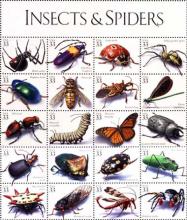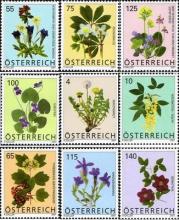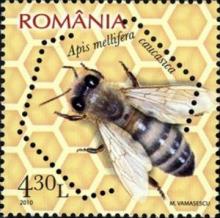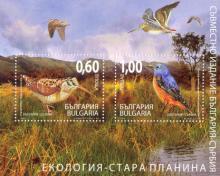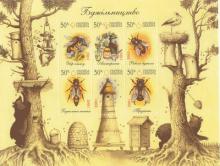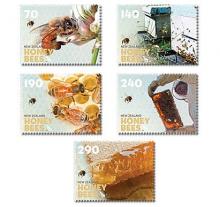Moria delle api: gli insetticidi altererebbero il loro DNA
Moria delle api. Gli insetticidi si trovano nuovamente sotto accusa. Un nuovo studio pone in correlazione la morte diffusa delle api all'impiego di pesticidi. Mentre gli Stati Uniti hanno negato la connessione tra declino delle api e impiego di pesticidi tossici, la Commissione Europea ha proposto una messa al bando temporanea di tre neonicotinoidi, in attesa di nuove conferme scientifiche sulla loro effettiva azione negativa nei confronti delle api. Una ricerca condotta di recente presso l'Università di Nottingham ha dimostrato che una determinata categoria di insetticidi è in grado di provocare alterazioni del DNA delle api. Lo studio mostra una chiara correlazione del fenomeno con l'insetticida imidacloprid. I risultati delle ricerche sono stati pubblicati sulla rivista PlosOne.


